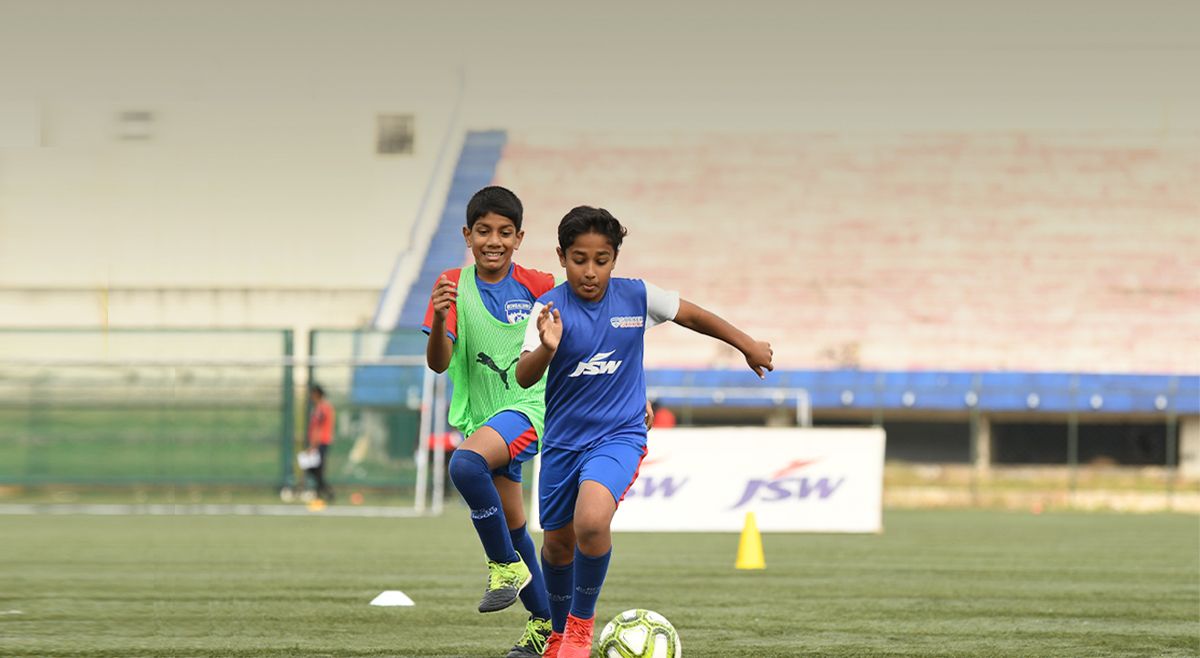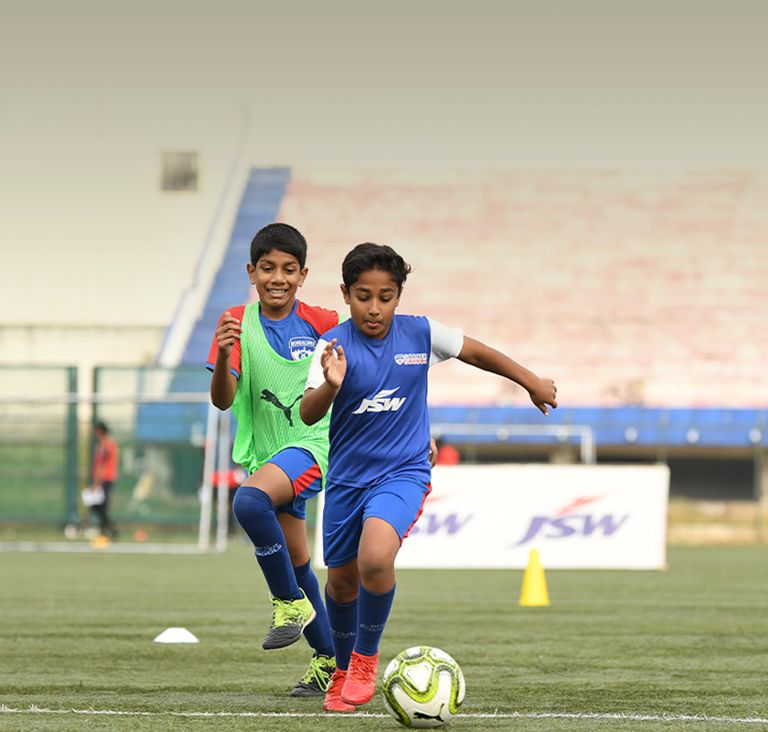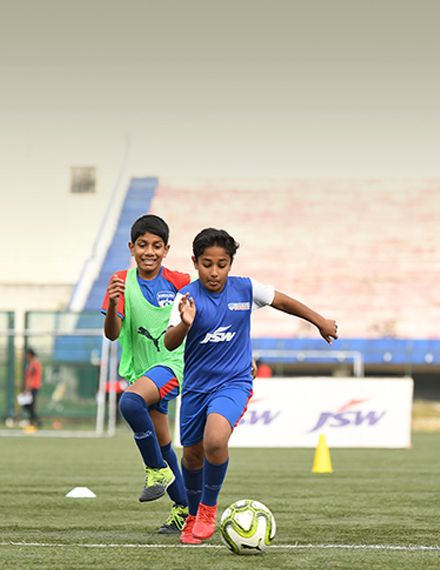Selling Grassroots Sports
Highlight The Target Audiences
Our primary target audiences (i.e. the main group of people you want to attract) and our secondary target audience (the second most important group of people you want to attract) should be clearly defined.
Project the relevance of the target audience to the brand - age, gender, where they are from, what they like, type of jobs, income brackets, what they read/listen to/watch/engage with etc.
HeroMotoCorp saw value in reaching the rural consumer who has increasing purchasing power and aspirations. So they created a multi-sport platform, Hero Grameen Khel Utsav, for school children in rural areas of Kolhapur. Popular local sports such as Kabaddi and Kho Kho were included so that kids could engage with the event, and brand, at an emotional level.

Enlist Marketing Support And Partnerships
Corporates would be more likely to jump in on a proposition of grassroots sports as long as they have identified the audience fit, but could only be skeptical if attendees & participation is not guaranteed or projected.
- Enhanced participation numbers can be used to sell. For example, Kevin Durant conducted the ‘World’s largest Basketball lesson’ from The NBA Academy India in New Delhi, while young basketball enthusiasts joined in via life-size screen live telecast from multiple cities across India.
- Attributing an Emotional Quotient through Social media incentives such as likes, shares & comments is motivating amateur sports people to participate more in sports. Local fan clubs created for grassroots tournaments provide for more engagement and conversations around the sport
- Highlighting any local influencer tie-ups makes the plan solid. Influencing Influencers: Working with local celebrities. These are unknown names at a national level, and hence more affordable than national stars, yet command an enviable popularity among a tight target audience. Nike uses a similar philosophy with the Nike Running Club. Local, mini celebrities are roped into be a part of the run club, who then promote the run club on their social media handles.
- Provide a solution for sustained engagement - Brand to Consumer & Remarking - Brands want to be part of the entire ‘consumer journey’ and not be a one-day activity. Sports programmes provide brands the means to engage consumers at regular intervals and for longer durations, providing an effective way to achieve this goal. Providing consumer data capture solutions or sampling solutions have worked well.
Assign Projected Impressions Against Each Activity In The Marketing Plan
| Week | Message / activity | Social | Media | Advertising | OOH | ||
|---|---|---|---|---|---|---|---|
| 1 | Fliers and posters printed | ||||||
| 2 | Media release issued | ||||||
| 3 | Program & early bird ticket announcement | ||||||
| 4 | Interviews | ||||||
| 5 | Signage installed | ||||||
| 6 | Feature article; video | ||||||
| 7 | Special offer | ||||||
| 8 | Early bird closes Competition details | ||||||
| 9 | Detailed program | ||||||
| 10 | Interview/feature video | ||||||
| 11 | Special offer from sponsor | ||||||
| 12 | 2 weeks to go – FAQ – preparing for event Why attend | ||||||
| 13 | Excitement building – media | ||||||
| 14 | Event Date | ||||||
| 15 | Post event thank you; survey, sponsor | ||||||
| 16 | Highlights and photos |
| Activity | Reach | Engagement (shares + comments) |
|---|---|---|
| Website | ||
| Blog | ||
| YouTube | ||
| Media release | ||
| Advertising | ||
| Signage |
Valuations
Media spend of above listed- translates to reach 30M - Cost Per impression would be total sponsorship spend over total impressions.
Case A: All media activity without TV broadcast
- Media Cost - 4 Lacs
- Impressions - 3M
- Contact on ground- 3000 (athletes + audience + influencers)
- Additional Contact through other opportunities- 3000 (sampling & data)
- Sponsorship Spend = 50L
- Cost per contact = Rs 833 (Sponsorship spend / contact on ground + additional contact)
- Cost per impression (brand awareness metric) – Rs 1.6
Case B: All media activity without TV broadcast
- Media Cost - 18 Lacs
- Impressions - 30M
- Contact on ground- 6000 (athletes + audience + influencers + parents + other curated communities)
- Additional Contact through other opportunities- 6000 (sampling & data)
- Sponsorship Spend = 1cr
- Cost per contact = Rs 833 (Sponsorship spend / contact on ground + additional contact)
- Cost per impression (brand awareness metric) – 33 paisa
Conclusion
To sell grassroots sports, the sponsorship money is a function of the audience that shall be attracted to the event, and how the brand is promised a sustained engagement both online and offline. This coupled with a curated audience and the right media projections can be used to promise a reasonable cost per contact.
Written by Samkit Shah



